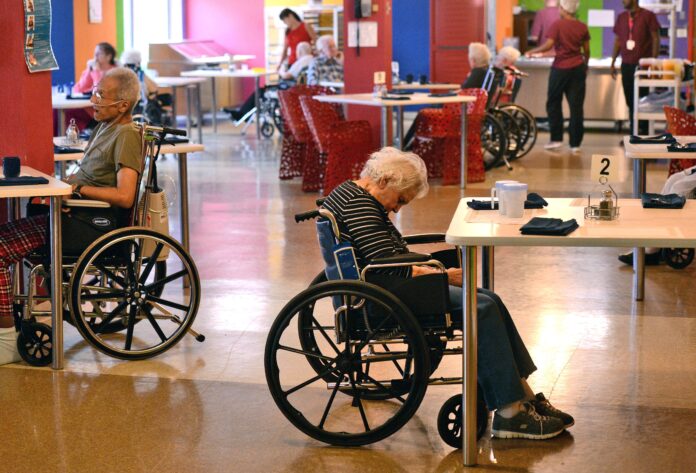The type of facility that a stroke patient is sent to upon discharge from the hospital is oftentimes contingent upon the patient’s insurance and reimbursement arrangements for Medicare. Patients enrolled in Medicare are often sent to nursing homes as compared to fee-for-service payers with the percent distribution being: “About 16% of the managed care patients were discharged to a rehab unit, compared with 23% of the fee-for-service patients. Similarly… nearly 42% of the managed care patients were sent to a nursing home after having a stroke, compared with 28% of the fee-for-service patients.”
While the specific means of care is contingent upon a patient’s condition after their discharge, patients sent to a rehab facility typically receive 3 hours of therapy each day as compared to the 30 minutes received in a nursing home with studies showing intensive care helps patients to return to the community more quickly. Patients are often sent to nursing homes due to the upfront costs when it comes to deciding where to send them. The cost of a rehabilitation unit is three times more; however, the recovery time is significantly lower evening out the cost in the long run.
Determination on sending a patient to specific facilities should be dictated by the best possible outcomes for the patient, says Dr. Huang, in the article. However, managed-care companies do not make the payments to nursing homes in the long run, so cost-wise it makes the most sense for them to send patients there despite it not being in the patient’s best interest.
Analysis:
Since starting out my research to see the context of what a stroke and its recovery entails, I had found that the programs were mostly dictated by the doctor — to which I assumed would always have the patient’s best interest in mind.
Upon reading this article (and a more recent one to confirm things), insurance plays a large role in the amount of care upon discharge which can affect the way that a patient recovers greatly, and this is a really sad discovery to find out that patients will not receive adequate treatment since the health insurance company is in it for profit. This gives an insight into the amount of care and how patients see their recovery in various programs and allow us to see a potential for where the Battelle NeuroLife sleeve may integrate itself into the various programs to provide the most benefit, and also how to analyze the means in which healthcare helps or hurts people who have had a stroke. Perhaps while the sleeve may be introduced and used in inpatient rehab units, continued use as personal or prescribed devices in nursing facilities or home can help to balance out the lack of therapy time in these settings to see similar gains and the like. Additionally, since Battelle has influence in programs, there is a potential to analyze healthcare systems and bring new aspects to programs in order to give better care to patients who have suffered from a stroke.
There is also a more recent article in 2016 that affirms the better care and recovery of stroke patients in an in-patient rehab facility over a nursing home, and it recommends that people advocate for a stay in a rehab facility in order to get better care.




